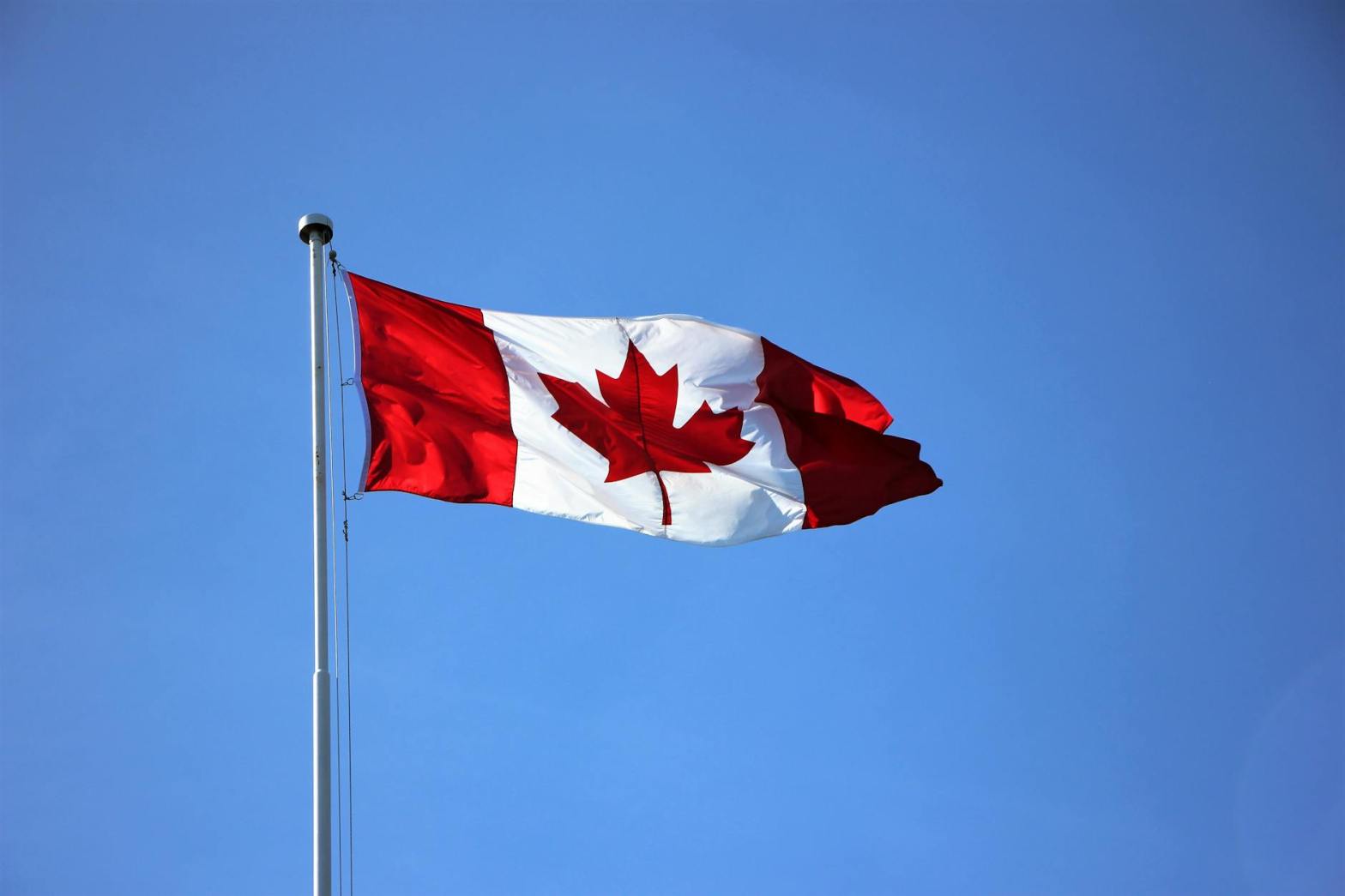Salt Spring Island is seventeen miles long, nine miles wide, and has eighty-three miles of shoreline. With 12,000 residents, it is the most populous of the Gulf Islands. Officers of the Hudson’s Bay Company named the island after the cold, briny saltwater springs in the north, which are now on private property.
Because of its proximity to Vancouver Island, Salt Spring is the most accessible of the Gulf Islands, with frequent ferry sailings on three routes to three ferry terminals. BC Ferries links Fulford Harbour with Swartz Bay on Vancouver Island, Vesuvius with Crofton, also on Vancouver Island, and Long Harbour has links to both Swartz Bay and Tsawwassen.
On Salt Spring, all roads lead to Ganges, the biggest town in the Gulf Islands. There are more shops, services, amenities, restaurants, and galleries in Ganges than exist on any other Gulf Island.
There is a heavy British influence in the exotic sounding names of places on the island. The British named Ganges after HMS Ganges, which between 1857 and 1860 was the flagship of the Royal Navy’s Pacific Station. Built in 1821, HMS Ganges was the last British sailing battleship commissioned for duty in foreign waters. Fulford Village, at the southern end of the island, has the historic Fulford Inn, the grocery store, a Mexican cafe, and crafts shops. The native artifacts museum is housed in a log building. Fulford Harbour was named after Captain John Fulford, commanding officer of HMS Ganges. Vesuvius is named after the Royal Navy’s paddle sloop Vesuvius, which did duty in the Black Sea during the Crimean War (1853-1856).
A public bus transit system covers the principal routes on Salt Spring Island and operates between the ferry terminals (Fulford, Long Harbour, Vesuvius) and Ganges, Ruckle Park, and Fernwood.
Hiking is a major activity on Salt Spring, with mountain, beach, and park trails. The rough trails that lead to the tops of both Bruce Peak (709 metres) and Mount Tuam (602 metres) are challenging hikes, as these peaks are the two highest on the island.
I arrived at Fulford Harbour, situated at the end of a long inlet, from Swartz Bay. The bus number 2 was waiting for the ferry and for $2.25 took me to Ganges. These buses have 7-8 rows of seats and are quite compact, so try not to bring too much luggage. The journey of 20 minutes allowed me to admire the island scenery of woods and fields with occasional large houses on extensive areas of land. The bus stop in the centre of Ganges, on Lower Ganges Road, is right outside the Tourist Information centre. When I had checked in at my hotel, I set out to explore the town in the late afternoon sunshine. Float planes took off from the harbour. Fishing vessels and pleasure craft were bobbing up and down on a slight swell. The town was busy, mainly because of the grocery store. There was a Post Office, a clothing store, two independent bookshops, and others selling natural products that I earmarked for future visits.
I found plenty of places to eat, but none of them appeared to open after 8pm in the evening. A Sotheby’s International estate agency advertised properties overlooking the ocean or higher in the hills with views over the surrounding islands. Most properties were going for 7-figure sums. One of them even had a funicular down to a restricted beach. This seemed in significant contrast to the alternative lifestyle community that was entertaining itself with musical instruments in the park nearby.
Ganges is well-known (I will not say world famous because few things are truly so) for the Saturday Market where food producers, artists, musicians, and clothiers congregate to advertise and sell their products. All the sellers are local. The market attracts people from Vancouver Island and the mainland. I headed to the market on the following morning. The range of products was wide from locally grown vegetables to moonshine via hats, magic stones, gin, shawls, paintings, jewellery, and sculpture. If you want peace and quiet after the crowds there is a Japanese garden in Ganges called Heiwa (pronounced HAY-Wa).
I headed out of Ganges and took the Upper Ganges Road to Churchill Road. Here eleven carved red cedar figures are in a field. This sculpture is “Council of Elders” by Michael Dennis. Nearby is an interesting sculpture trail amongst the trees, a beach view at the very end of the road, and a short 350-metre trail through the woods to Long Harbour Road.


